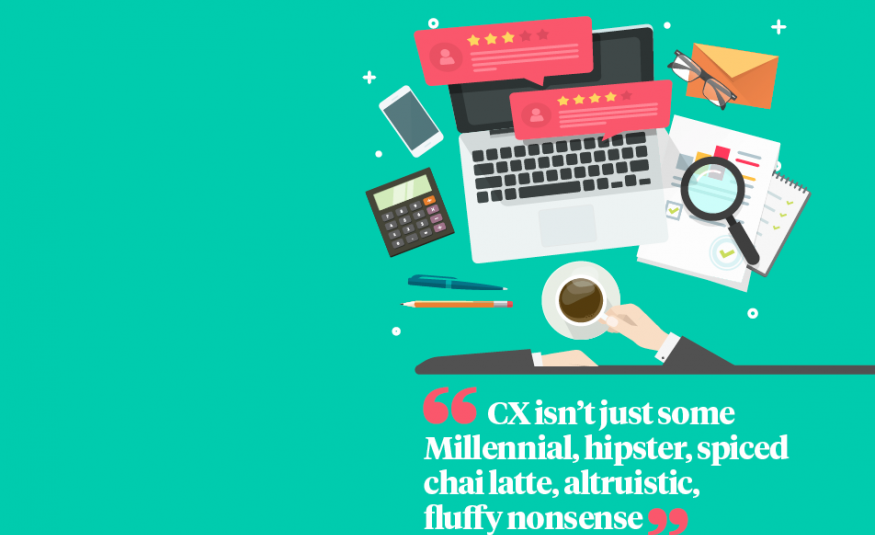Richard Wightman, managing director, Century Ten talks Explori’s research implications
The global average customer feedback scores from Explori have cast a bright light onto a problem that was easy to ignore because a multi-billion dollar industry commanding substantial profits is undoubtedly a roaring success. However, satisfaction and advocacy ratings prove that paying customers do not universally love the service that organisers provide. A global average NPS of -17 and a satisfaction rating of 3.52 (out of 5) amongst exhibitors is a worry. It’s also a great opportunity.
For any knuckle-draggers out there, CX isn’t just some Millennial, hipster, spiced chai latte, altruistic, fluffy nonsense. McKinsey research found that companies who provide a superior, low effort experience realised a 10-15 per cent increase in revenue and a 20 per cent increase in customer satisfaction. More satisfied customers are easier to rebook and upsell. Greater numbers of advocates provide powerful, free promotion. Businesses become more competitive and staff become more engaged in a positive working environment.
The upsides are obvious – and yet the evidence suggests that the experience of the exhibitor is far from positive. There could be many reasons – here are just six.
EVERYONE BUT NO ONE: Everyone who has direct (or indirect) contact with customers, can influence customer experience, so it’s normal to take a collective responsibility. Everyone is responsible, but no one is accountable. Even when event or marketing management are given leadership responsibility in this field, the problem becomes one of priorities.
EMPORER’S NEW CLOTHES: No one likes to be the bearer of bad news, but if senior managers only hear sugar-coated versions of the truth, they are unlikely to place much emphasis on addressing problem areas.
THE CAROUSEL: I’m still not convinced that the customer comes first. Steve Jobs said that. “You’ve got to start with the customer experience and work back toward the technology - not the other way around.” In the event industry, the “build it and they will come” approach still prevails, with incremental adjustments to addressing industry trends and customer expectations. Add to this, short-term financial targeting and it’s easy to see how event teams become pre-occupied with their own goals – and not necessarily their customers.
THE THIRD PARTY: Whilst organisers can’t control everything, they can influence – and they can help. If an exhibitor encounters a problem when they’re tired, stressed, under pressure, they’ll appreciate support, advice, action – not excuses. Which leads on to…
EMPOWERMENT: There’s a useful article on LinkedIn that illustrates one man’s experience of how rival airlines dealt with a problem that was not of their making – adverse weather. On separate occasions when planes were grounded, BA staff followed protocol and started selling refreshments, Virgin staff recognised their customers’ frustrations and gave away free snacks and drinks. In one situation, the customer felt exploited, in the other he felt supported. Needless to say, Virgin will get more business from him in the future – and he’s telling the world online.
RISING DEMANDS: Value propositions must be aligned with service propositions – any gap only builds disappointment, disaffection and resentment. The quality of ‘what’ is delivered is non-negotiable, ‘how’ it’s delivered is the key differentiator and perception shaper. In 1999 Dell’s CIO stated that Customer Experience is the next competitive battleground. It’s good to see that (finally) the event industry is sitting up and taking note.






